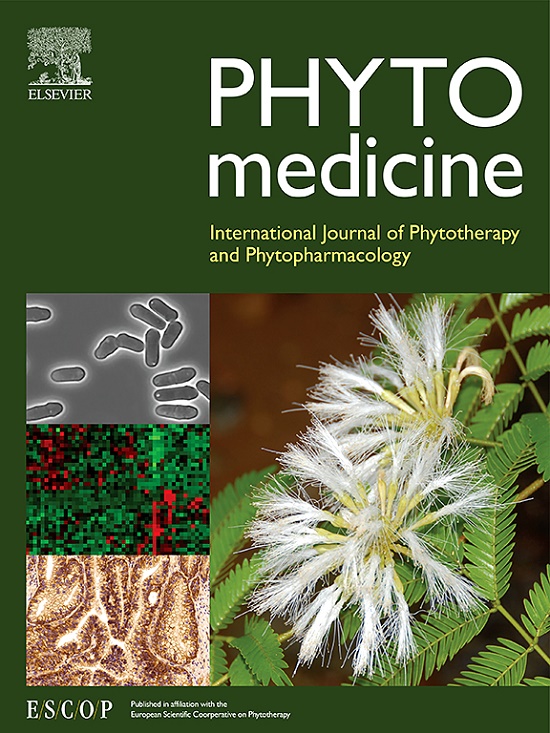Study on the pharmacodynamic substances and mechanism of hepatoprotection of Acanthus ilicifolius Linn.
IF 6.7
1区 医学
Q1 CHEMISTRY, MEDICINAL
引用次数: 0
Abstract
Background
The coastal wetland mangrove plant Acanthus ilicifolius l. (AI) is used as traditional medicine for liver protection and liver fibrosis treatment, but the pharmacodynamics of the hepatoprotective substance and the mechanisms of liver protection are not clear.
Purpose
This work aimed to assess the liver-protective ability of AI and elucidate the pharmacodynamics of the hepatoprotective substance of AI responsible for its liver activity.
Study Design and Methods
This study first appraised the hepatoprotective activity of the alcohol extract of AI. To identify the hepatoprotective substance in AI, network topology and the contribution index were comprehensively analyzed and screened. The screened medicinal substances, acteoside (ACT) and isoacteoside (IACT), were tested for hepatoprotective activity using mouse liver damage model and l-02 hepatocyte injury model, and metabolomics was employed to explore the mechanism of liver protection.
Results
AI could restore the biochemical indicators of liver damage induced by CCl4 to normal conditions. The phenylethanoid glycoside compounds ACT and IACT, are the hepatoprotective substances of AI. ACT protects the liver tissue by regulating α-linolenic acid metabolism, glycerophospholipid metabolism, and amino acid–related pathway.
Conclusion
This research provides basic information of the research and development of liver-protective effects of AI and ACT.

求助全文
约1分钟内获得全文
求助全文
来源期刊

Phytomedicine
医学-药学
CiteScore
10.30
自引率
5.10%
发文量
670
审稿时长
91 days
期刊介绍:
Phytomedicine is a therapy-oriented journal that publishes innovative studies on the efficacy, safety, quality, and mechanisms of action of specified plant extracts, phytopharmaceuticals, and their isolated constituents. This includes clinical, pharmacological, pharmacokinetic, and toxicological studies of herbal medicinal products, preparations, and purified compounds with defined and consistent quality, ensuring reproducible pharmacological activity. Founded in 1994, Phytomedicine aims to focus and stimulate research in this field and establish internationally accepted scientific standards for pharmacological studies, proof of clinical efficacy, and safety of phytomedicines.
 求助内容:
求助内容: 应助结果提醒方式:
应助结果提醒方式:


